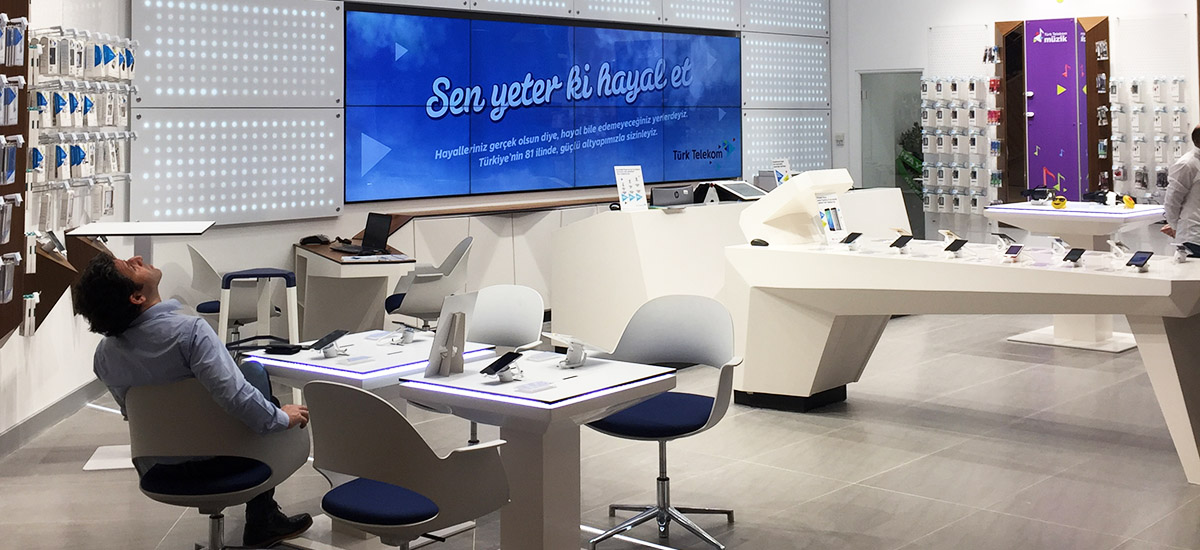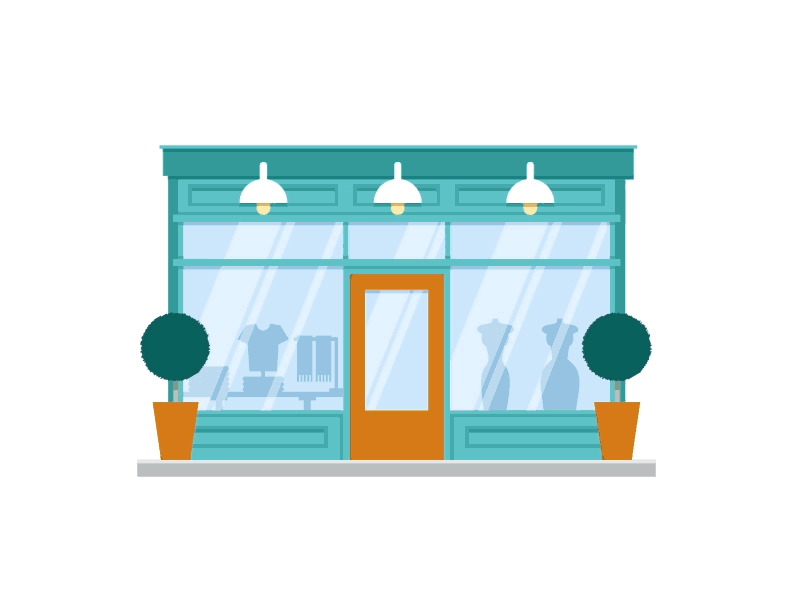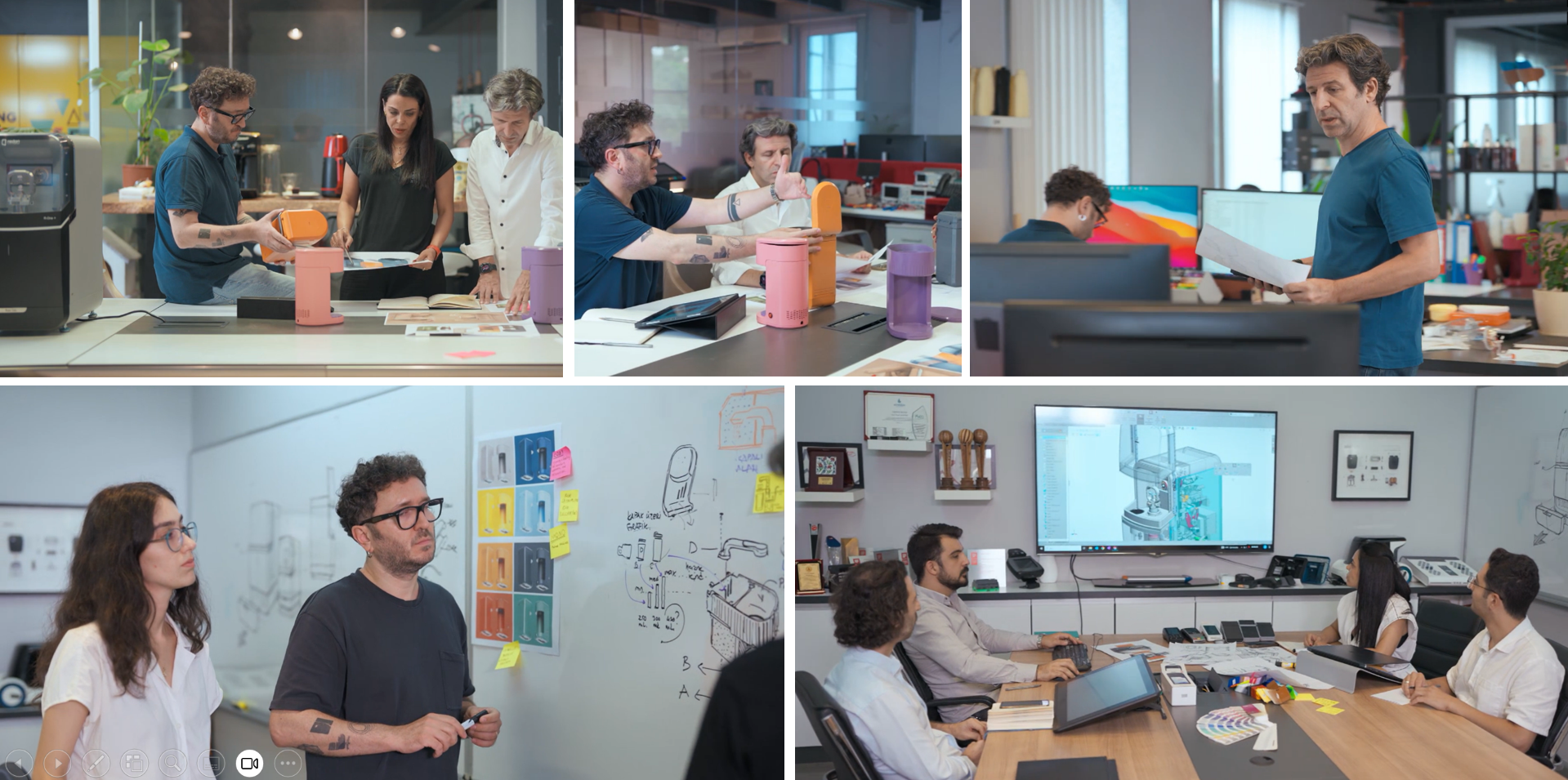Retail design is a creative discipline that combines various specialties to offer an emotionally rich shopping experience. In order to meet the needs of consumers, designers should analyze in-store behaviors carefully. Therefore, consumer experience is an ever-improving process that includes of a set of strategic steps. As social needs and realities transform, the dynamics of consumer experiences changes as well.
Rethinking Retail Design and the Future of Stores

Four basic principles of retail design are:
- Developing a structural strategy,
- Mapping the customer journey,
- Analyzing customer insights,
- Utilizing technology effectively.
Consumer Experience Strategy
The retail design should be a reflection of the brand strategy and vision. The main points to consider are: What is the proper visual journey that reflects the brand accurately? Which categories should the store be divided into? Which parts of the store should target different customer segments? Designers define the main function of the store and its prominent features according to these questions. They carefully examine the consumer behavior and then design the in-store experience.
Leading the Customer in the Right Direction
The first step to an effective shopping experience is to understand the expectations and needs of consumers. The positions of products, screens and tables should be arranged by taking consumer behavior into consideration. Designers should create a route that ensures in-store circulation and product accessibility. These factors directly affect the first impression of each customer.
Stores act as an interface between the brand and its customers. The customer’s in-store experience is an important part of the brand communication. The quality of the experience allows the customer to develop brand loyalty. Therefore, stores that have been successfully designed in terms of user experience have a great advantage.

In order to manage store flow and traffic, designers should go through all the possible scenarios that could take place inside a store. Many things can all happen at once inside. For example, consumers may be paying or reviewing products at the same time. Also, if the business offers premium service packages, then the case becomes even more complex.
When designers understand different kinds of consumer profiles, they work towards making every consumer feel special during their in-store experience. If the retail design is successful, consumers tend to repeat these experiences.
Customer Centric Solutions
In order to enrich the consumer experience, designers should analyze customer expectations and conceptualize customer-oriented solutions. Customer journey is perfected through feedbacks and well-thought-out details. Different customer segments are examined in terms of feasibility and impact. It is also very important to maintain the integrity of the brand identity across different stores. Moreover, there may also be stores that give service for only specific customer segment. Modular variations enable the store and brand to achieve their business goals in the most effective way.
It is always smart to use the new technologies to increase the quality of the consumer experience. For example, mobile payment systems or kiosks can be used to speed up the payment process. In-store technologies provide better, easier and efficient services to their customers. It is also important to position various technological equipment, considering the complex technical details.
New Dynamics of Retail Design in Today’s World
Recently social distance has become the norm and consumption habits have changed. Online shopping has been embraced in the society because it offers more options at lower prices and facilitates the shopping experience. Retailers will surely adapt to this new standard. In the future, the number one concern of the consumers will be safety.
New habits in the pandemic process can change the way the consumer interacts with products. Consumers will be much more cautious about touching anything. For example, users may find it challenging to move around the store, touch products and make payments. On the other hand, it will become more and more important to preserve your personal space. Retail designs that allow for consumer to protect their personal space will probably stand out.
 From TRT Documentary to Modern Design Philosophy: The Anatomy of Industrial Innovation with Arman Design
From TRT Documentary to Modern Design Philosophy: The Anatomy of Industrial Innovation with Arman Design  The Future of Industrial Design in Turkey
The Future of Industrial Design in Turkey  Design + Engineering: More Than Aesthetics
Design + Engineering: More Than Aesthetics